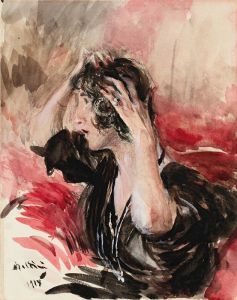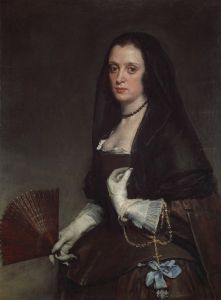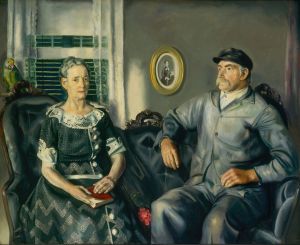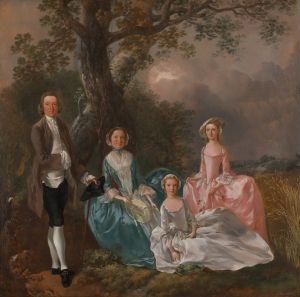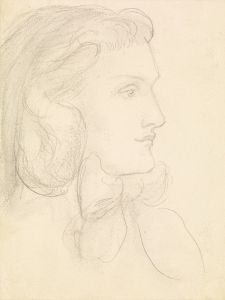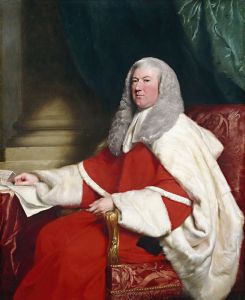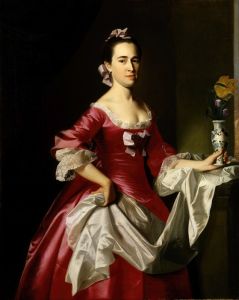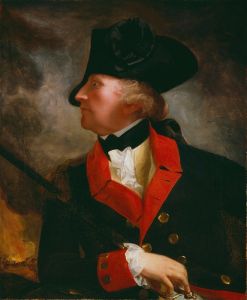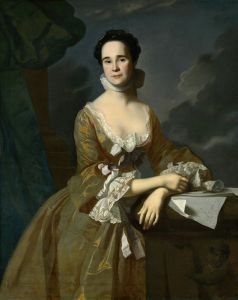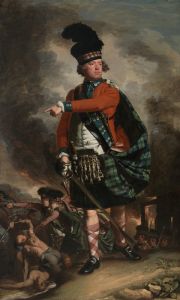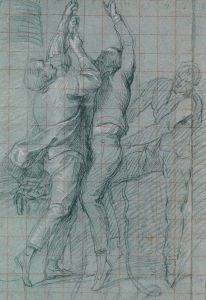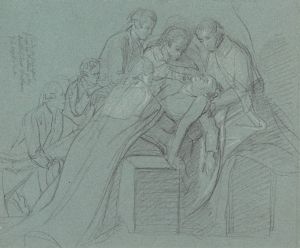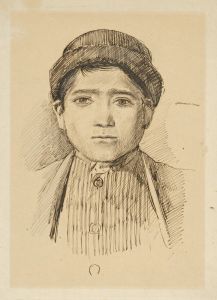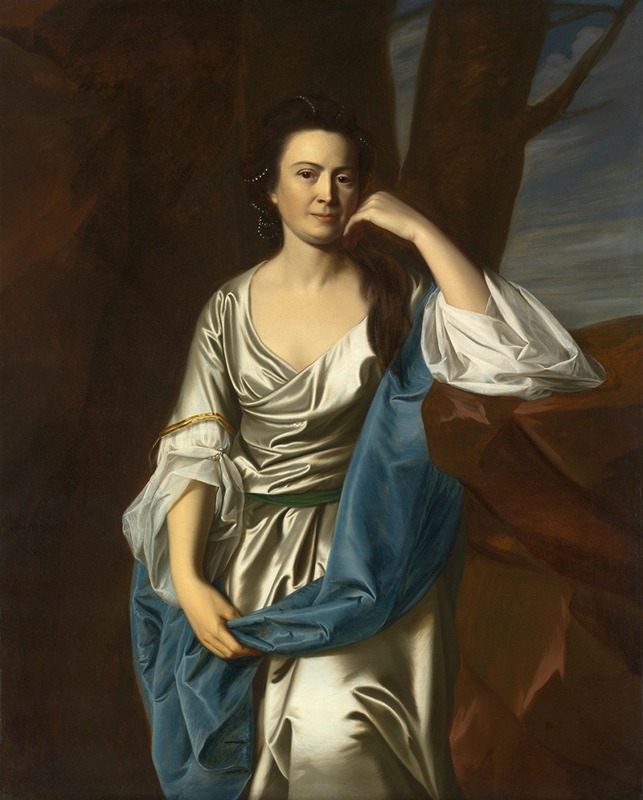
Catherine Greene
A hand-painted replica of John Singleton Copley’s masterpiece Catherine Greene, meticulously crafted by professional artists to capture the true essence of the original. Each piece is created with museum-quality canvas and rare mineral pigments, carefully painted by experienced artists with delicate brushstrokes and rich, layered colors to perfectly recreate the texture of the original artwork. Unlike machine-printed reproductions, this hand-painted version brings the painting to life, infused with the artist’s emotions and skill in every stroke. Whether for personal collection or home decoration, it instantly elevates the artistic atmosphere of any space.
"Portrait of Catherine Greene" is a painting by the renowned American artist John Singleton Copley, created in the late 18th century. Copley, known for his skillful and realistic portraiture, was one of the most prominent painters in colonial America. His works are celebrated for their attention to detail and ability to capture the character and status of his subjects.
Catherine Greene, the subject of this portrait, was the wife of Nathanael Greene, a major general in the Continental Army during the American Revolutionary War. The Greenes were significant figures in American history, with Nathanael Greene being one of George Washington's most trusted generals. Catherine, often referred to as "Caty," played a supportive role in her husband's military career and was known for her social grace and intelligence.
The portrait of Catherine Greene exemplifies Copley's mature style, characterized by its meticulous attention to detail and the lifelike representation of textures and fabrics. Copley was adept at capturing the nuances of his sitters' personalities, and this portrait is no exception. Catherine is depicted with a serene and composed expression, reflecting the dignity and poise expected of a woman of her social standing during that period.
In the painting, Catherine Greene is dressed in the fashion typical of the late 18th century, wearing a gown that reflects her status and wealth. Copley's use of light and shadow enhances the three-dimensionality of the figure, a technique that was innovative at the time and contributed to the realism for which he was known. The background of the portrait is understated, ensuring that the viewer's focus remains on the subject.
Copley's portraits often served as status symbols for the American elite, and this painting of Catherine Greene would have been no different. It not only captured her likeness but also conveyed the social and economic position of the Greene family. Portraits like this were important in colonial America as they helped to establish and reinforce social hierarchies.
John Singleton Copley's work, including the portrait of Catherine Greene, is significant in the context of American art history. His ability to blend European artistic techniques with American subjects helped lay the foundation for a distinct American style of portraiture. Copley's portraits remain highly regarded for their technical proficiency and their ability to provide insight into the lives and personalities of their subjects.
Today, Copley's portraits, including that of Catherine Greene, are held in high esteem and are part of various prestigious collections. They continue to be studied and admired for their artistic merit and historical significance, offering a window into the lives of prominent figures in early American history.





